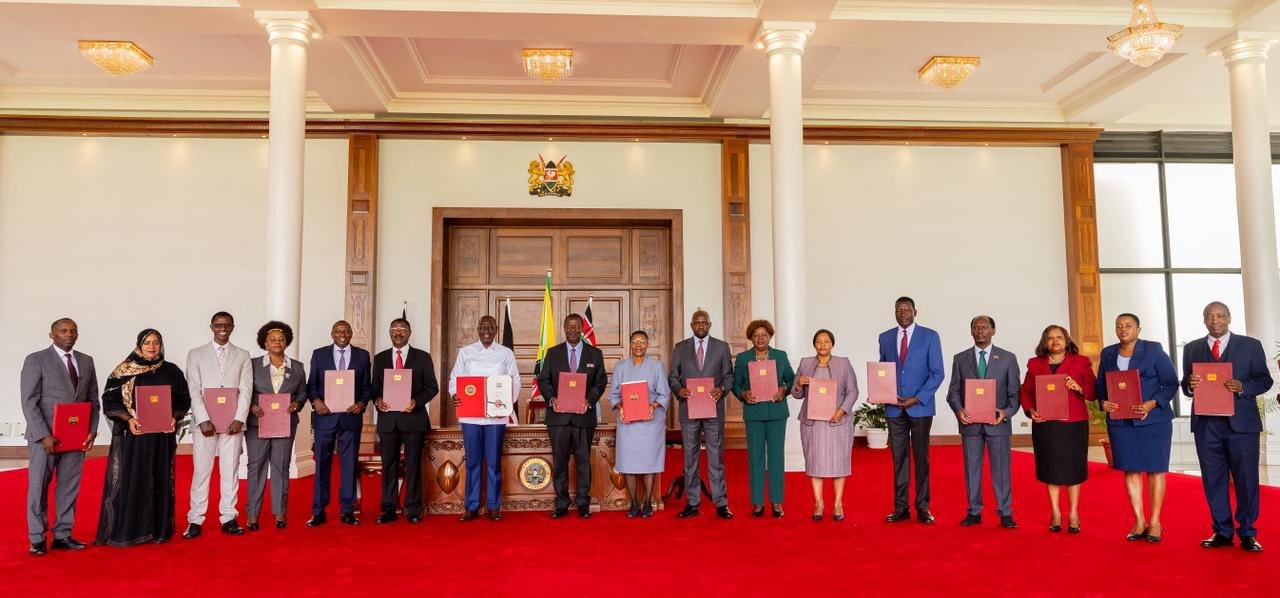The government has rolled out a mass vaccination drive aimed at eradicating rabies in the country by the 2030.
Speaking in Malindi during the Kenya Veterinary Association programme launch, Agriculture Chief Administrative Secretary Lawrence Emuhaka said the government had donated 8,000 vaccines and Kilifi county 2,000.
He also said they have dewormed and performed surgeries on animals to protect them against rabies.
"We are happy that large numbers of farmers have responded to the call since this will have a big impact on our livestock and the economy of our country," he said.
The strategic plan to eradicate rabies in the country is aimed at joining other African nations also in the process of dealing with the disease.
"It is difficult to treat rabies. If you are bitten by a dog you will spend close to Sh20,000 so prevention is better than cure that's why we are doing vaccination for free," he said.
The CAS said one dog alone can bite over 20 people.
He said they are currently working with counties by supporting them with infrastructure, capacity building and donating vaccines in eradicating rabies.
Emuhaka said they are working with Kenya Commercial Bank, Kenya Veterinary Association, government departments, USAID and Food and Agriculture Organization.
"We are requesting for more people to join us so that we can be more effective and eradicate this disease by 2030," Emuhaka said.
Kilifi agriculture executive Dr Luciana Sanzua said she was happy to see the World Rabies Day being held in the county for the first time.
Sanzua said last year there were 2006 cases of rabies in the county which affects the economy due to the high costs of treatment. She said each year the county spends Sh15 million to treat rabies and thanked the cooperation with KVA and Livestock ministry.
"We allocate Sh3 million for vaccine which reaches 2,000 animals despite the fact that we have 600,000 goats, 260,000 cattle, cats and other animals," she said.
She said each year they have two rounds of mass vaccination in Kilifi and farmers are aware of the programmes targeting the areas with many livestock .
She said dogs and cats give birth to a lot of puppies and kittens respectively which end up becoming a nuisance to the community.
Kenya Tsetse and Trypanosomiasis Eradication Council CEO Dr Pamela Olet said they normally advise, coordinate, set standards for specific sector, or a particular disease and the vector that transmits the disease.
She said they coordinate different stakeholders and advise on the technology which can be used to eradicate a particular disease. She said there are 38 counties affected by tsetse fly in Kenya.
"The level of infestation differs but I can tell you that where we are, the coastal belt is heavily infested which is one of the major causes of poverty in this area," she said.
Olet said areas like Kwale have very good grass but there are no animals because of tsetse fly infestation and drugs are expensive for farmers, who cannot afford to treat their animals.
She called on all government arms to come together and address the problem.












